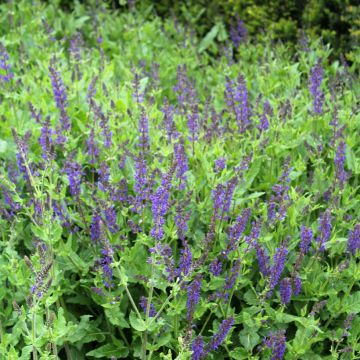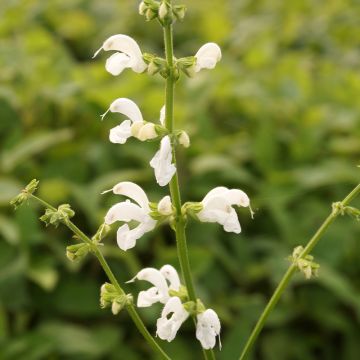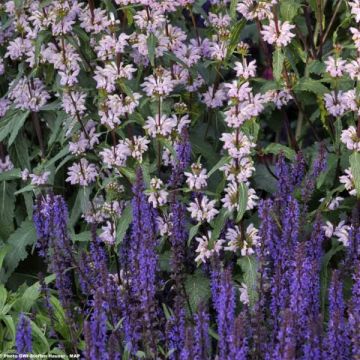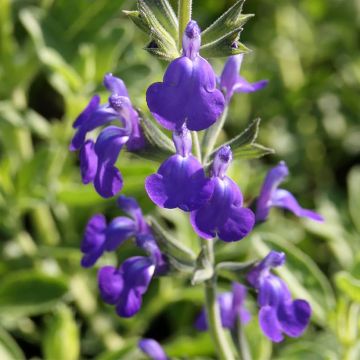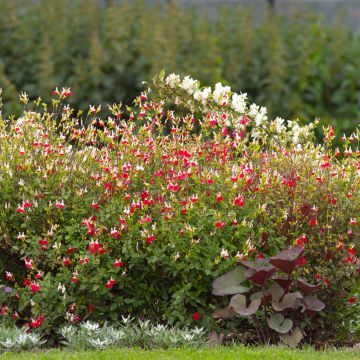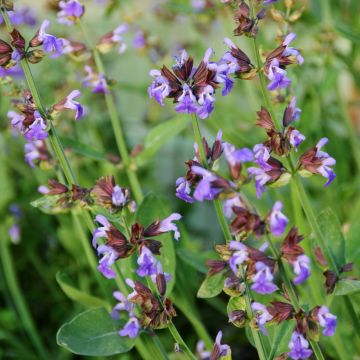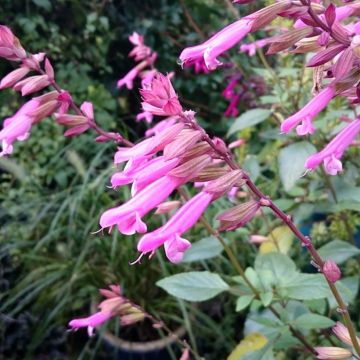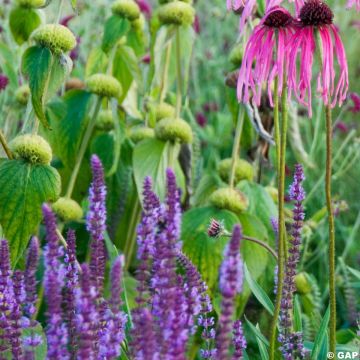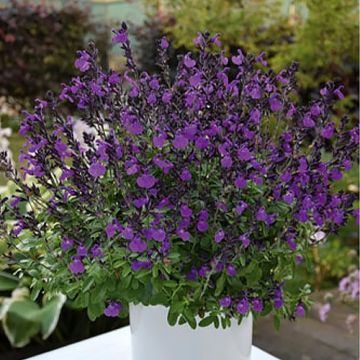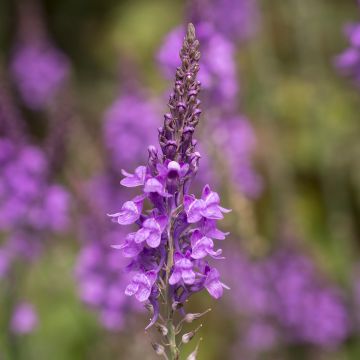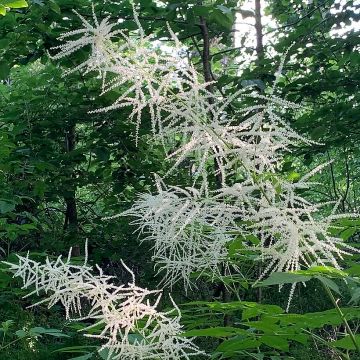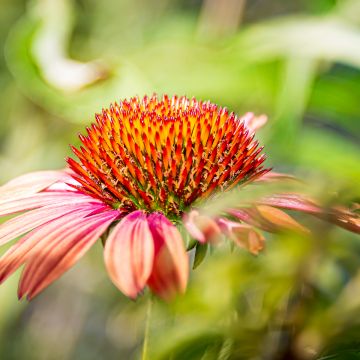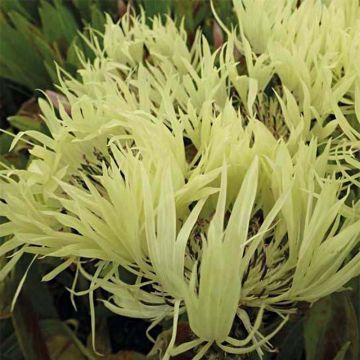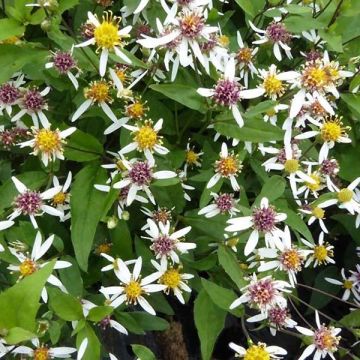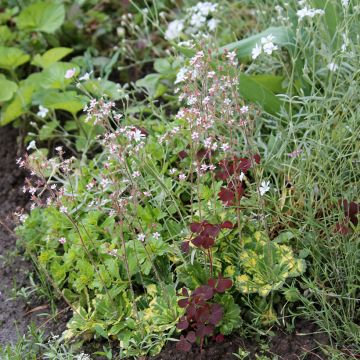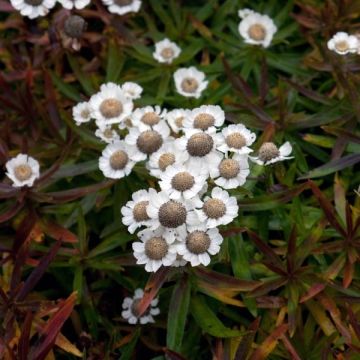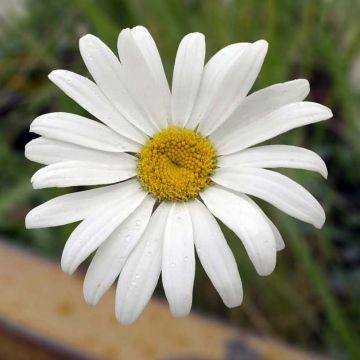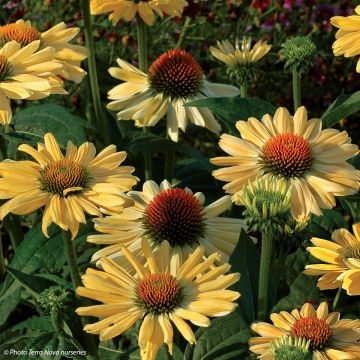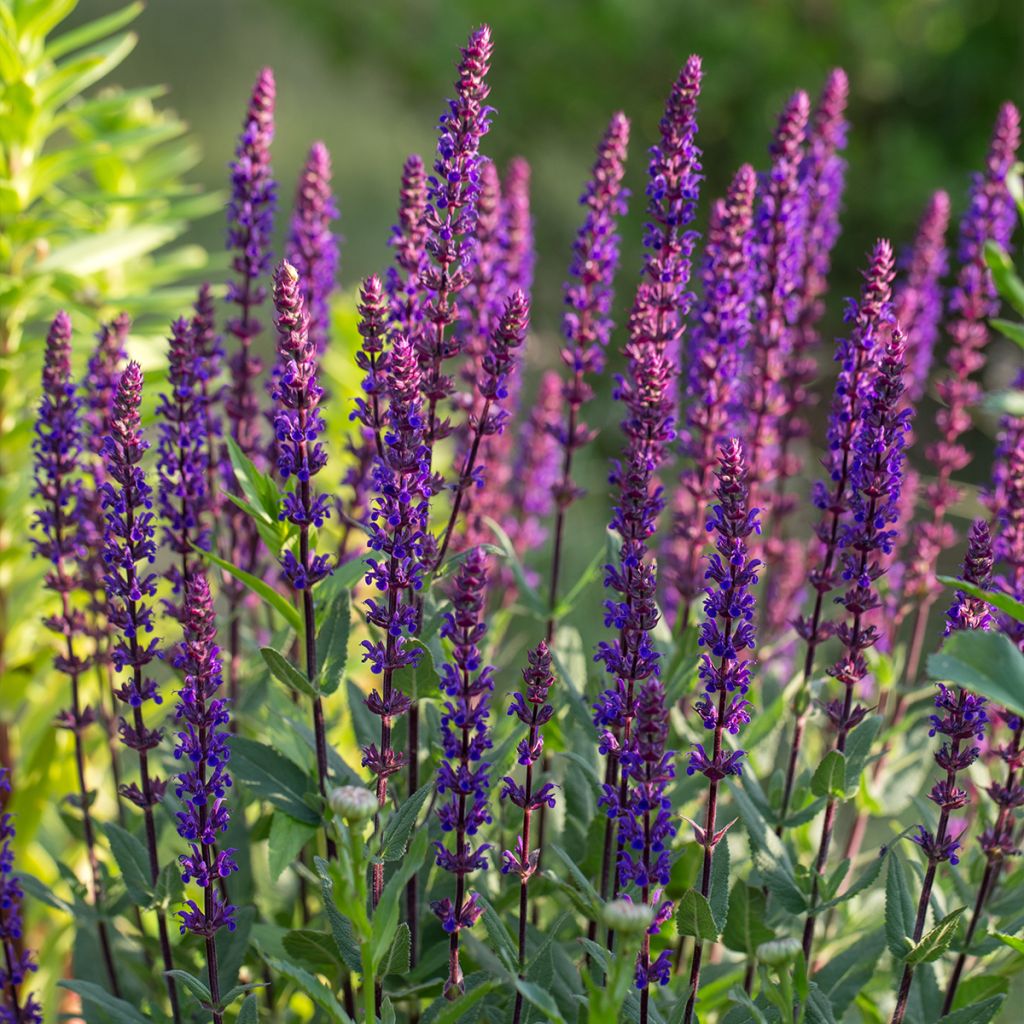

Salvia nemorosa Caradonna - Woodland Sage
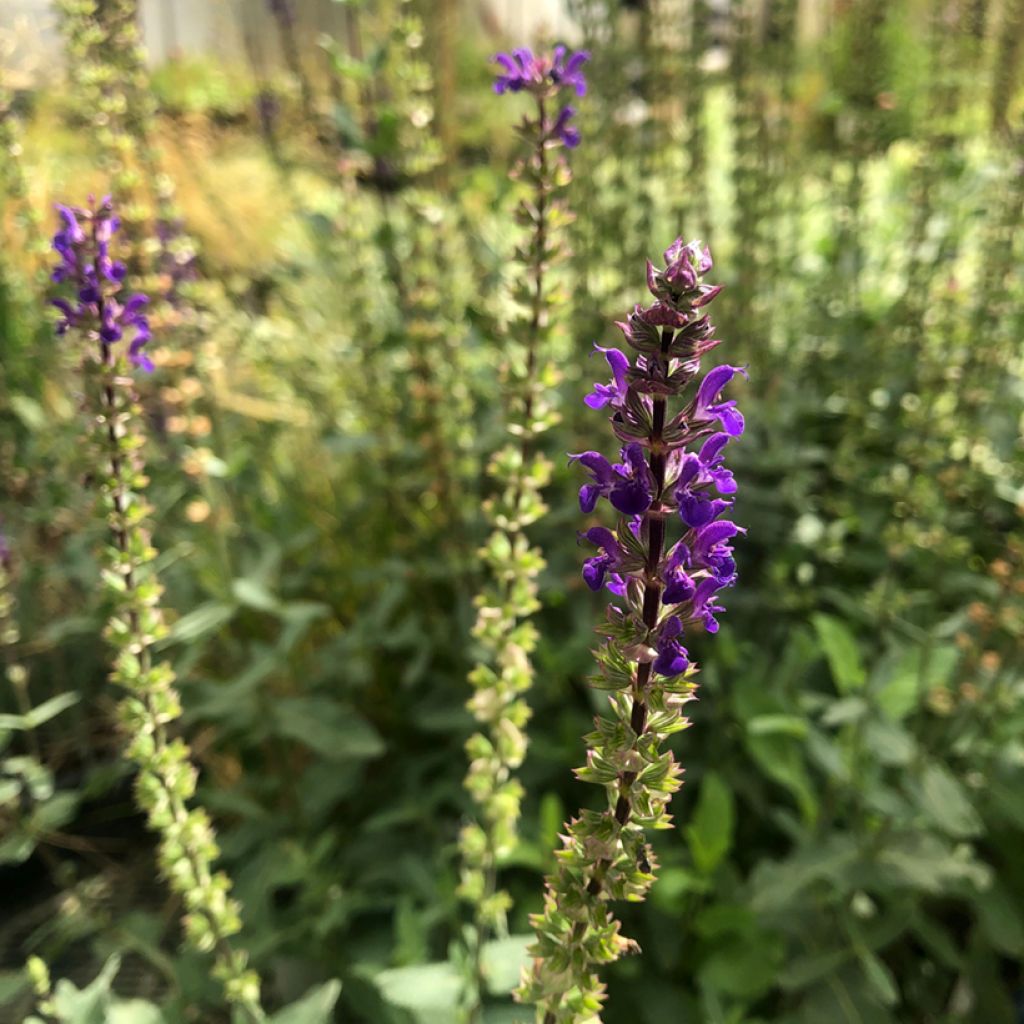

Salvia nemorosa Caradonna - Woodland Sage
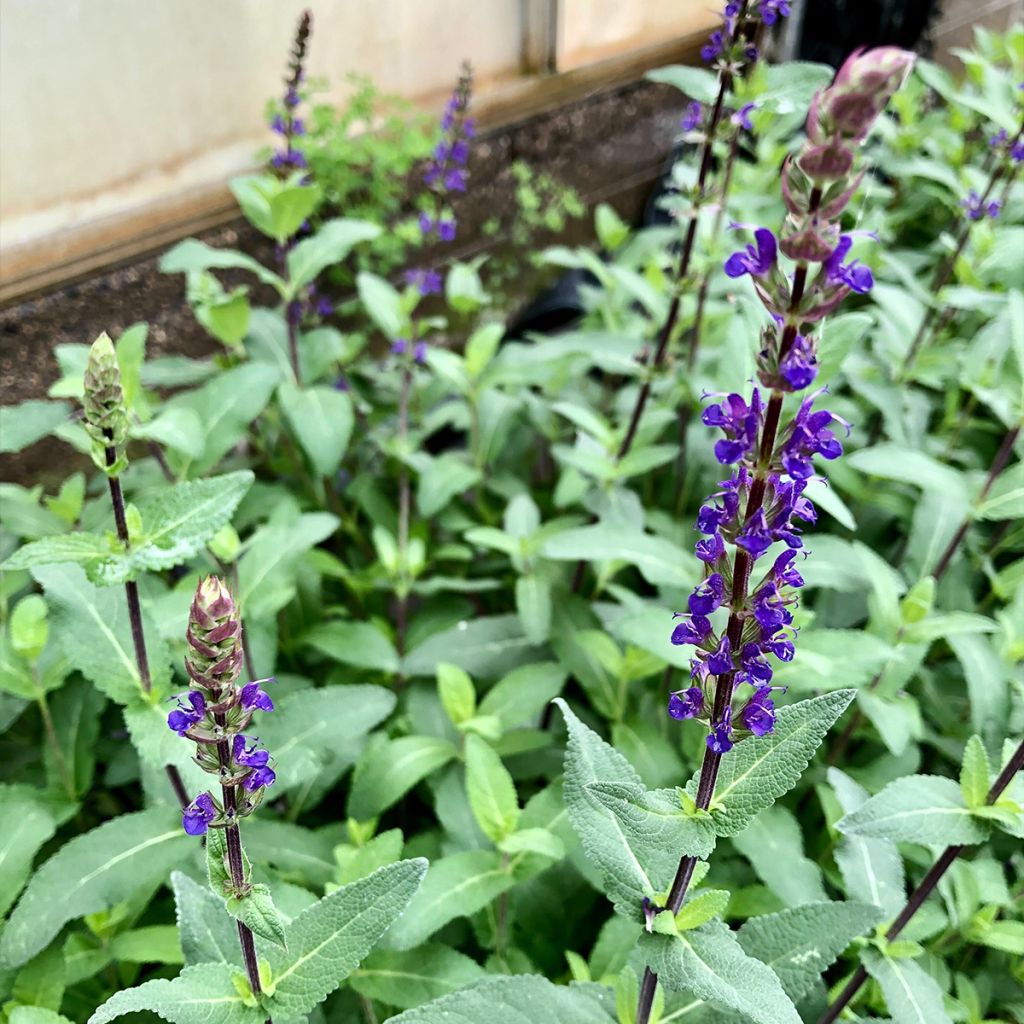

Salvia nemorosa Caradonna - Woodland Sage
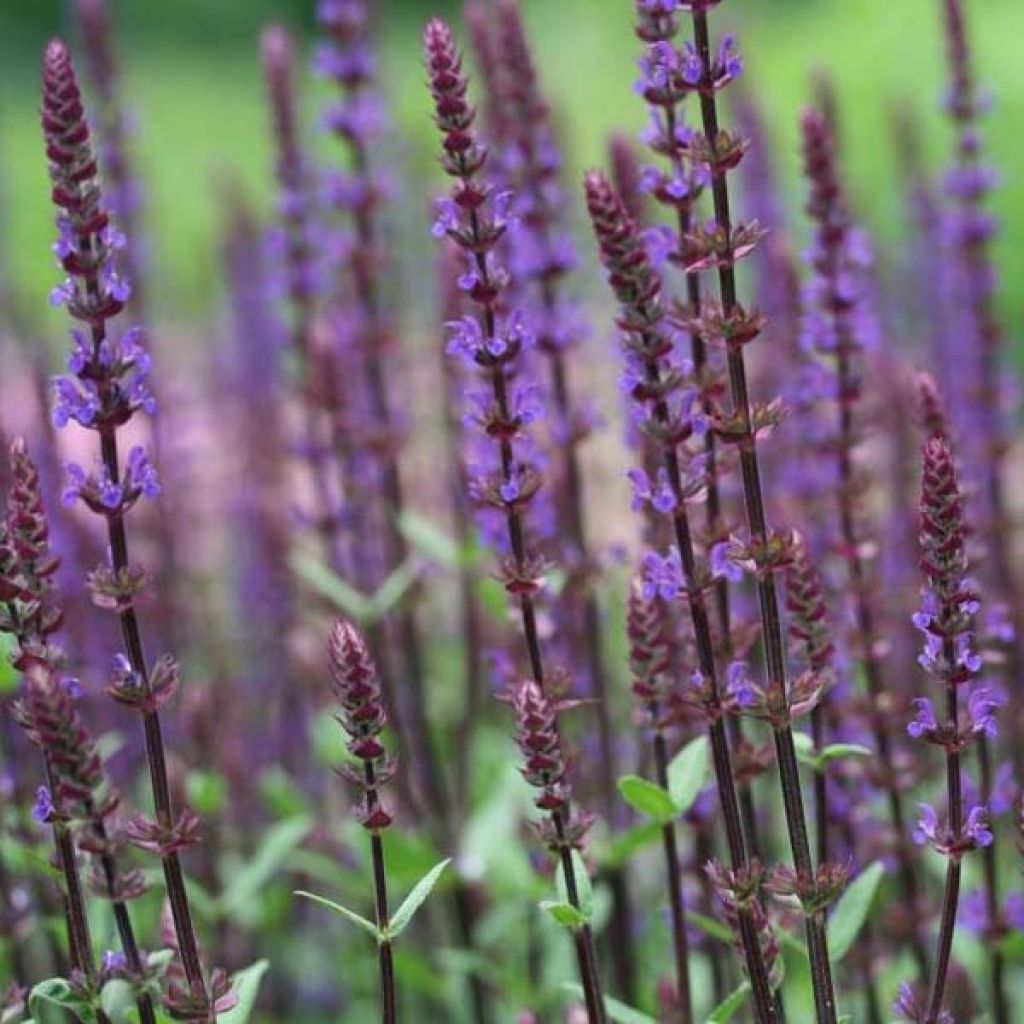

Salvia nemorosa Caradonna - Woodland Sage
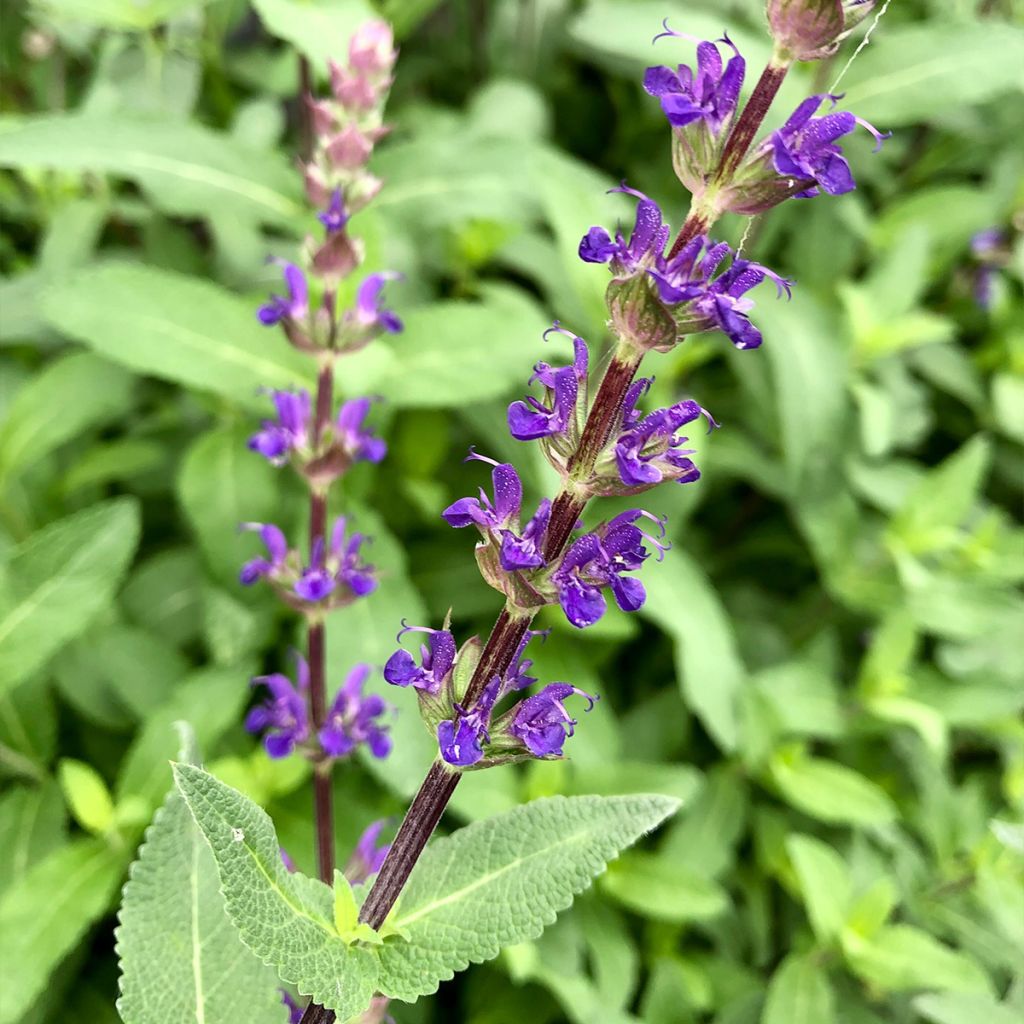

Salvia nemorosa Caradonna - Woodland Sage
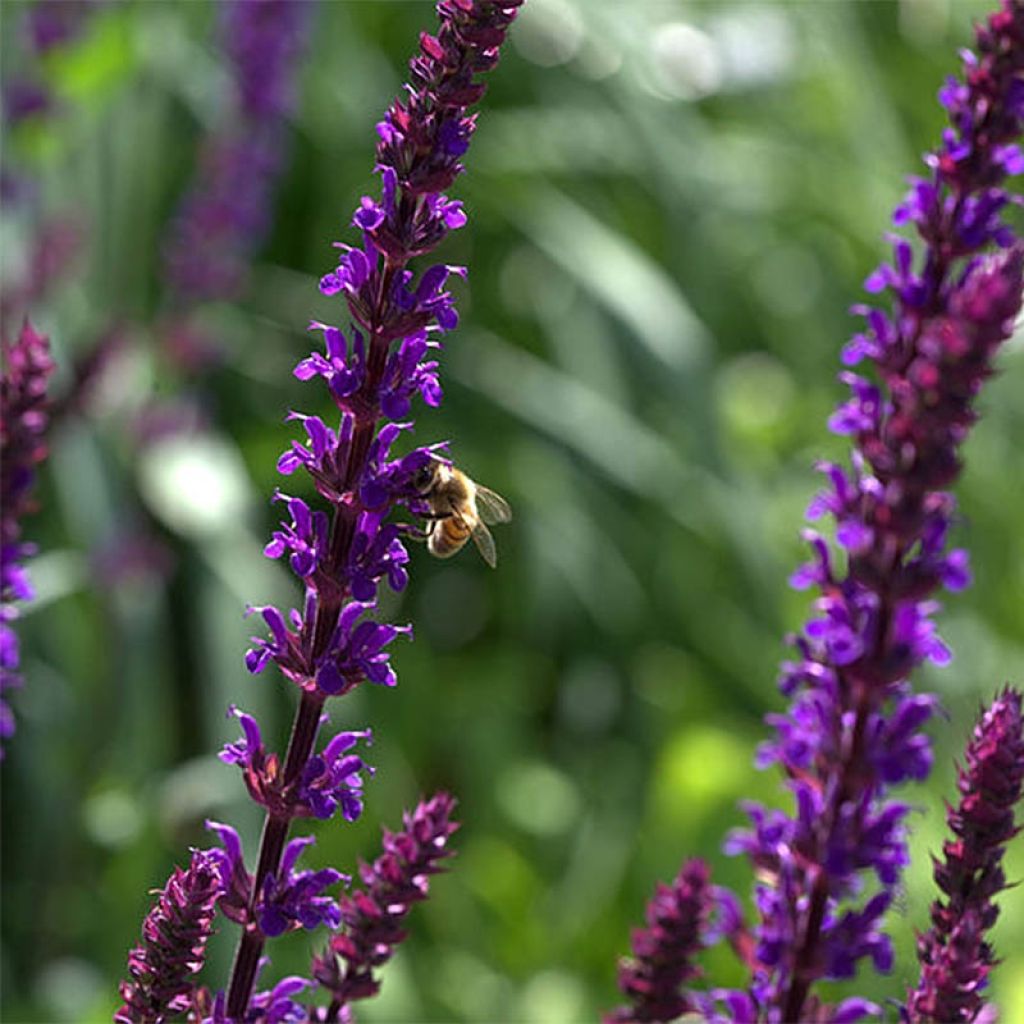

Salvia nemorosa Caradonna - Woodland Sage
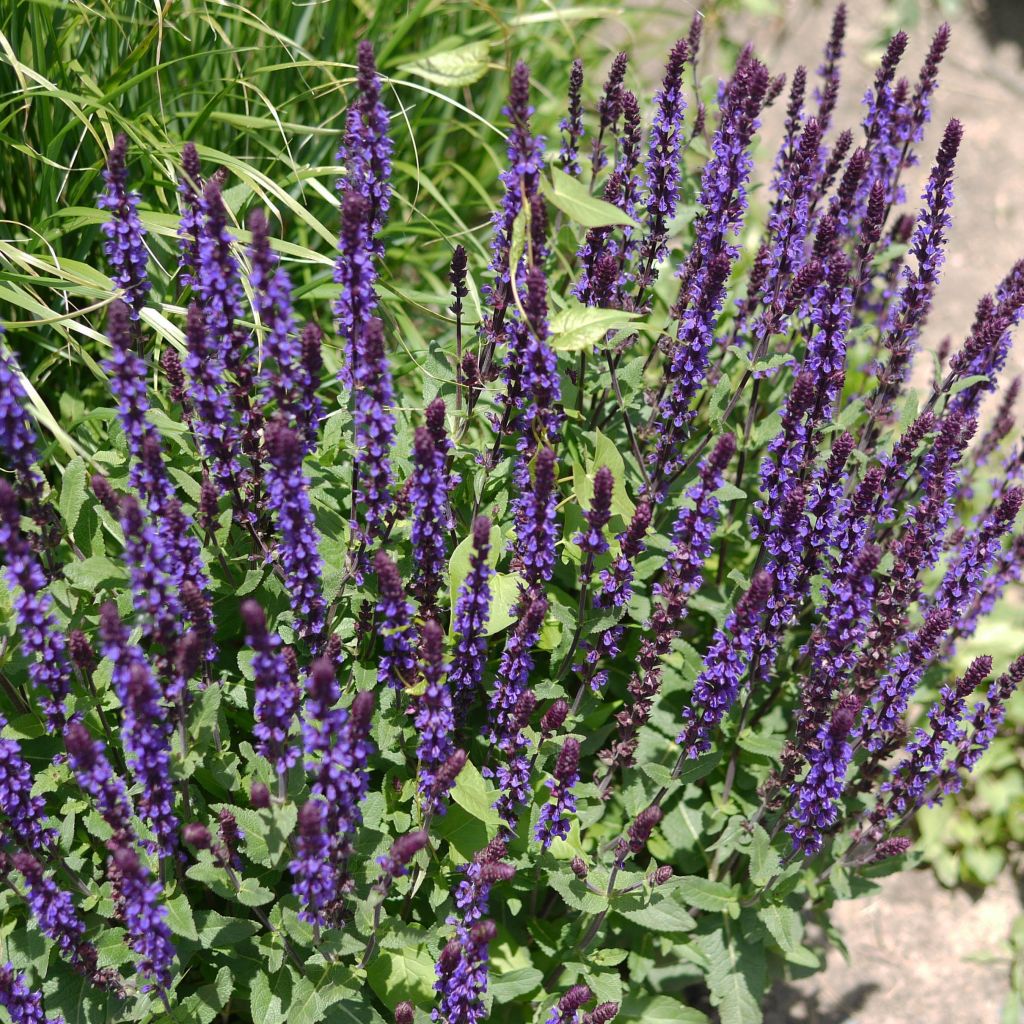

Salvia nemorosa Caradonna - Woodland Sage
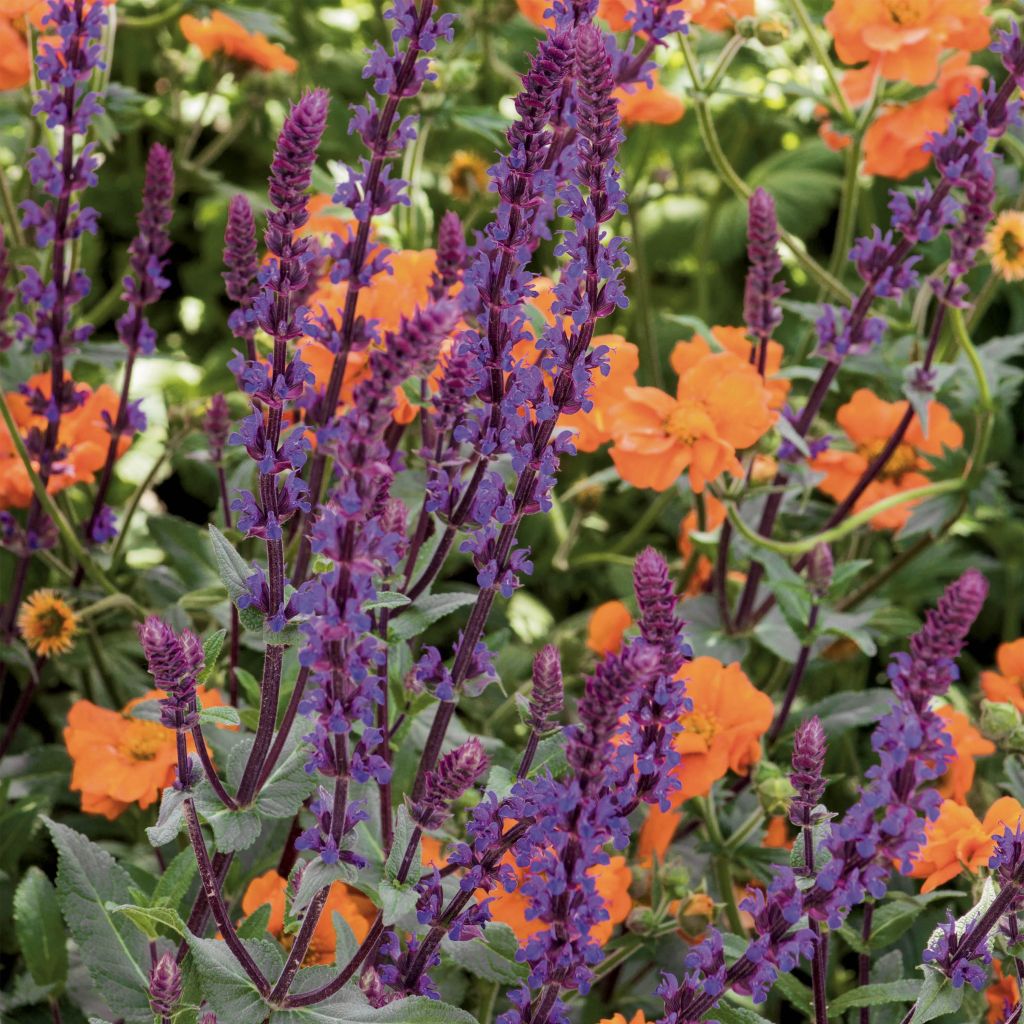

Salvia nemorosa Caradonna - Woodland Sage
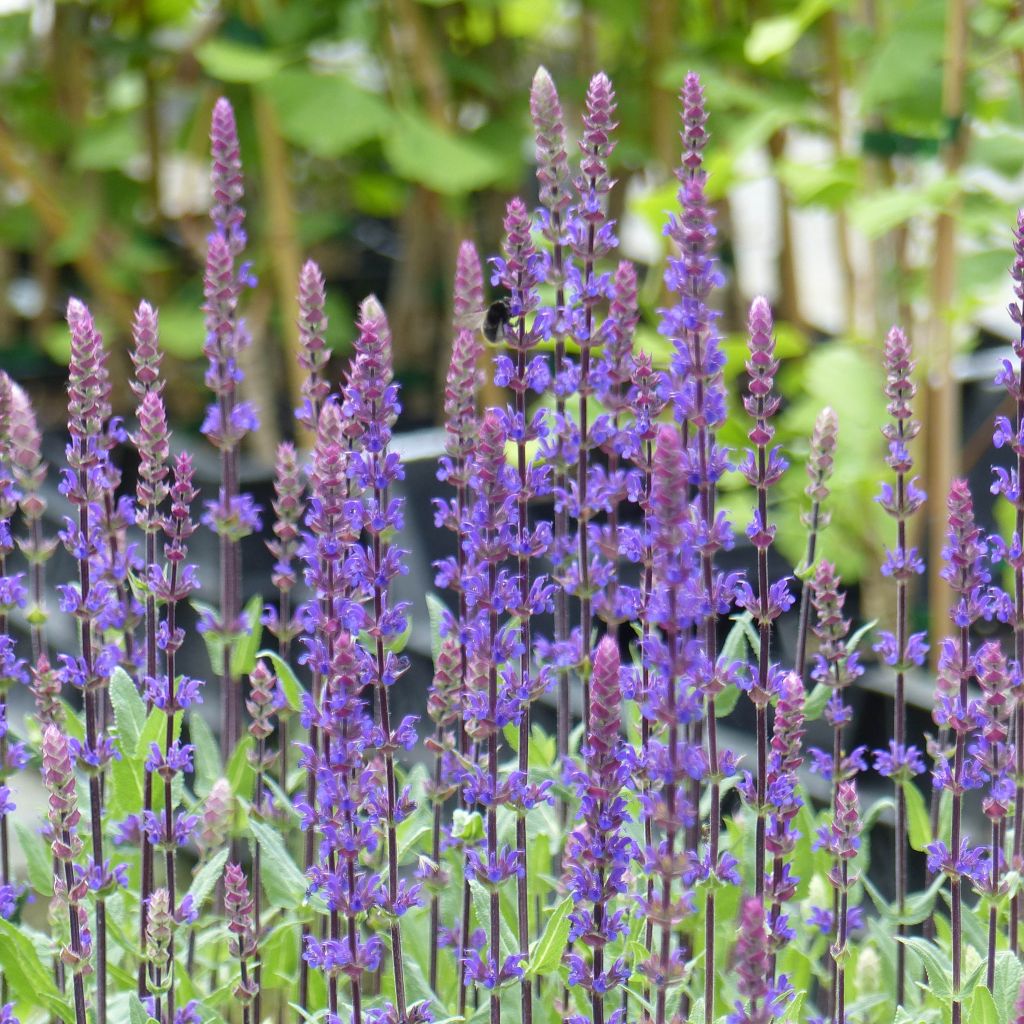

Salvia nemorosa Caradonna - Woodland Sage
Salvia nemorosa Caradonna - Woodland Sage
Salvia nemorosa Caradonna
Woodland Sage, Balkan Clary
This item cannot be shipped to the selected country
Delivery charge from €5.90
Delivery charge from €5.90
Delivery charge from €5.90
Delivery to Corse prohibited
More information
Schedule delivery date,
and select date in basket
This plant carries a 12 months recovery warranty
More information
We guarantee the quality of our plants for a full growing cycle, and will replace at our expense any plant that fails to recover under normal climatic and planting conditions.
From €5.90 for pickup delivery and €6.90 for home delivery
Express home delivery from €8.90.
From €5.90 for pickup delivery and €6.90 for home delivery
Express home delivery from €8.90.
From €5.90 for pickup delivery and €6.90 for home delivery
Express home delivery from €8.90.
Delivery to Corse prohibited: UE law prohibits the import of this plant from mainland France to Corse as part of the fight against Xylella fastidiosa. Please accept our sincere apologies.
More information

Does this plant fit my garden?
Set up your Plantfit profile →
Description
The Salvia nemorosa 'Caradonna' is a small, sturdy perennial sage that is also distinguished by its early flowering. It will continue to bloom until autumn if the faded flower spikes are removed with shears. From May onwards, its upright spikes of dark purple are carried by almost black, dark brown stems, giving it a remarkable intensity. Not demanding and tolerant of drought, the 'Caradonna' sage brings life to sunny borders and flowering pots for almost 6 months.
The Salvia nemorosa is a perennial of the lamiaceae or labiate family. It is a species native to central Europe and western Asia. 'Caradonna' is one of its many cultivars, and undoubtedly one of the best. It will reach a mature height of no more than 50, possibly 55 cm when in flower, with foliage reaching 40 cm (16in), and a width of 40 cm (16in). This perennial develops from a prostrate rosette of oval, rough, wavy, very dark green leaves with toothed edges, aromatic when crushed. It has a bushy, compact, highly branched and sturdy habit. Flowering begins in May and continues until August, depending on the climate it may slow down during the peak of summer due to cooler soil, and then picks up again in late summer if it has been pruned after the first wave of flowers. From the tuft of foliage, thin terminal clusters of very dark-colored flowers emerge, each with many small flowers (0.5 to 1 cm (1in)) of intense purple, with dark purple bracts. The beautiful nectar-rich flower spikes delight butterflies and bees. The base of the stems is often reddish.
The Caradonna sage is an excellent choice for ornamental terraces and balconies, as well as a preferred guest in low-maintenance borders. Easy to grow throughout Europe, it is also one of the hardiest sages, and as such, a fantastic garden perennial that will not disappoint. It withstands everything, even wind, cold, heat, and poor soils. It will look stunning alongside pink-flowered roses like 'The Fairy' or 'Sourire d'Orchidée', or red ones for a strong contrast (Knockout rose). It pairs perfectly with gray foliage of artemisias in dry soil, or purple foliage like that of Physocarpus opulifolius 'Lady in Red', in moister soil. It also complements light pink-flowered plants such as the hastate verbena 'Rosea', which will dominate it in height, the shrubby lavatera 'Barnsley', or the Penstemon 'Evelyn'. It is also perfect for creating borders and beds with Perovskia, light grasses (Stipa tenuissima or barbata), Lychnis coronaria, annual poppies, or shrubby potentillas with yellow, pink, or orange flowers..
With over 900 species of annuals, perennials, and woody shrubs, spread across the globe, except in very cold regions and the tropical forest, the Salvia genus is the most diverse in the lamiaceae family. The name Salvia, dating back to Roman times, derives from the Latin word salvus, meaning "healthy," alluding to the medicinal properties of the common sage.
Report an error about the product description
Salvia nemorosa Caradonna - Woodland Sage in pictures
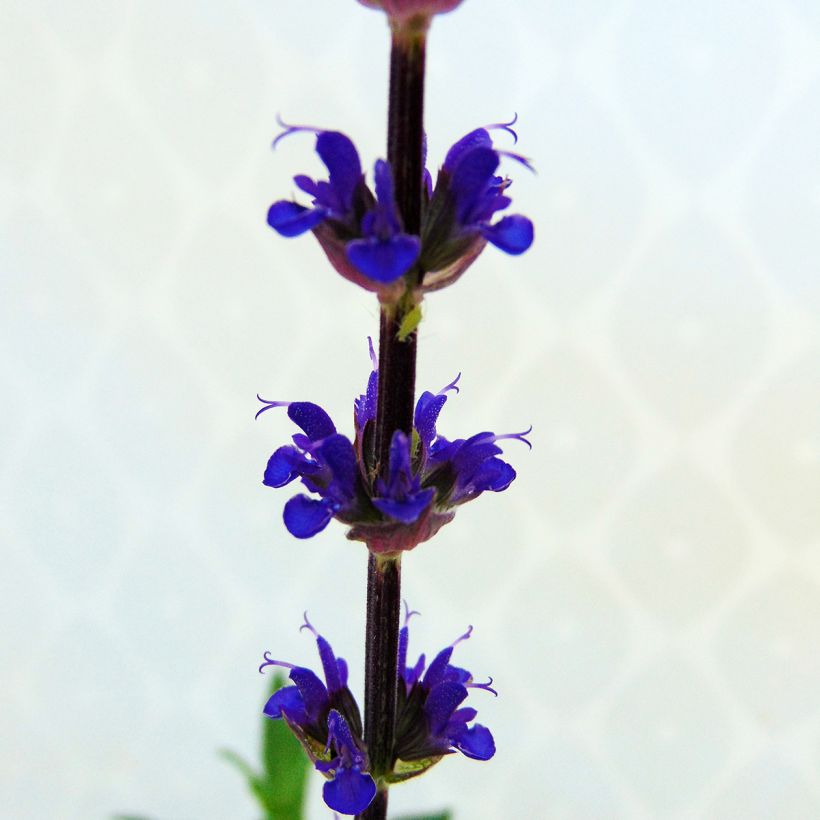

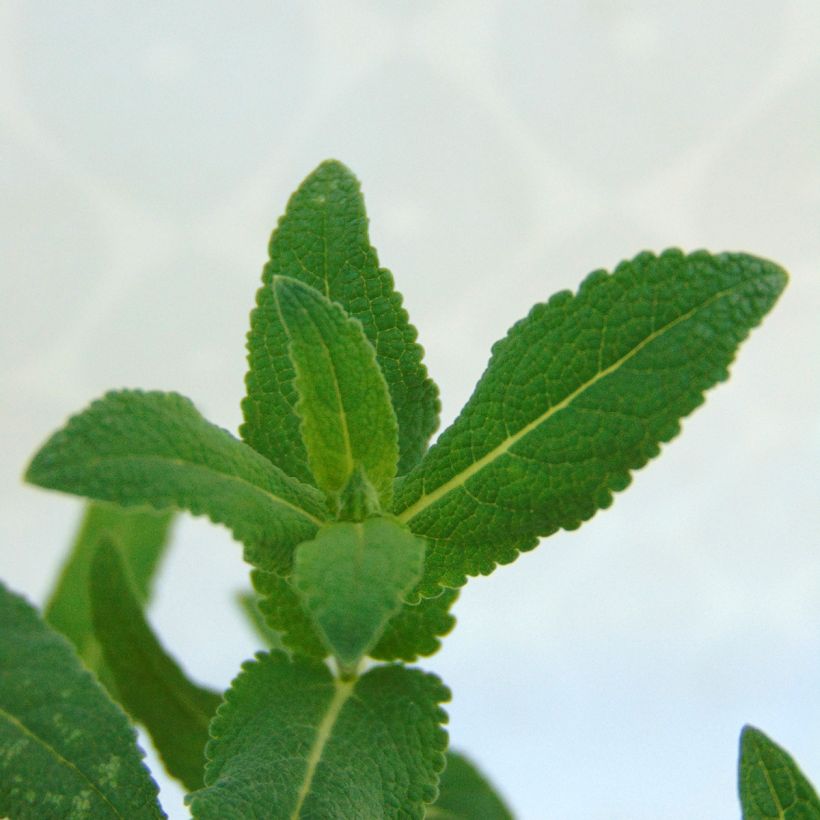

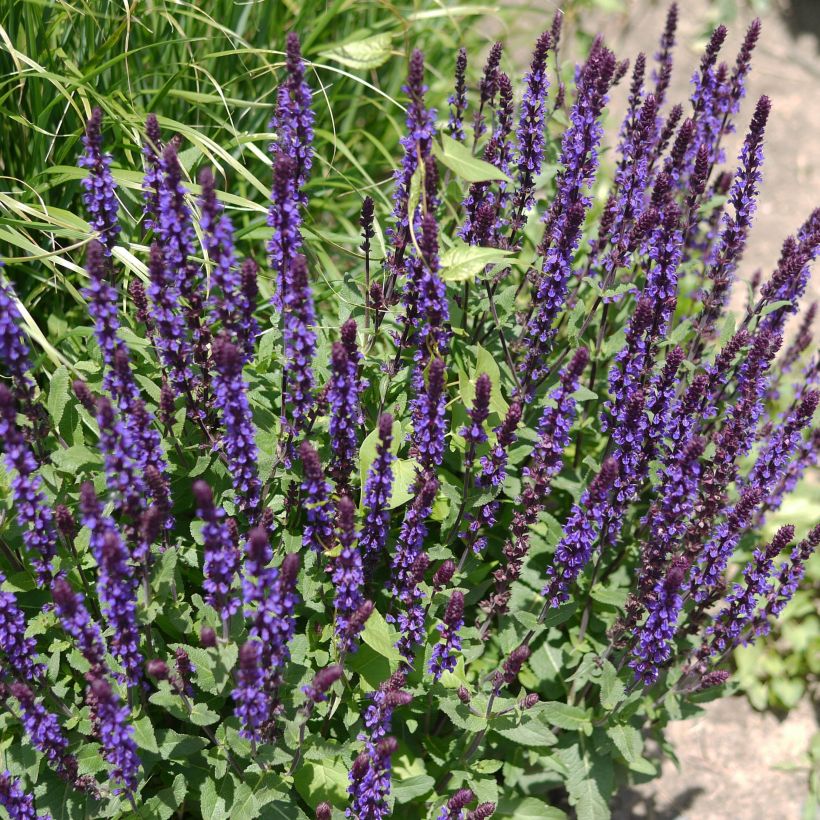

Flowering
Foliage
Plant habit
Botanical data
Salvia
nemorosa
Caradonna
Lamiaceae
Woodland Sage, Balkan Clary
Cultivar or hybrid
Other Salvia - Sage
Planting and care
The Salvia nemorosa 'Caradonna' is planted from October to March, outside the freezing period, with a spacing of 40 cm (16in) in a well-drained soil, even rocky, in full sun or partial shade. This plant tolerates and even appreciates limestone and tolerates some drought. It does not appreciate heavy and waterlogged soils in winter, which can harm its hardiness. In winter, apply a light compost of manure or other organic matter. Cut it back to 20 cm (8in) at the end of winter before the start of vegetation. Beware of gastropods that can attack young shoots. In humid regions, use a mineral mulch (gravel, pumice, pebbles) with a thickness of 4 to 6 cm (2in) to drain the collar of the plant. Under these conditions, it can withstand temperatures as low as -30°C (1°F). To preserve the vitality of the sage, it is good to divide the plant after 3 years. Plant the new plants in well-worked soil: to improve soil that is a little too poor, mix in some horticultural compost.
Planting period
Intended location
Care
-
, onOrder confirmed
Reply from on Promesse de fleurs
Summer flowering perennials
Haven't found what you were looking for?
Hardiness is the lowest winter temperature a plant can endure without suffering serious damage or even dying. However, hardiness is affected by location (a sheltered area, such as a patio), protection (winter cover) and soil type (hardiness is improved by well-drained soil).

Photo Sharing Terms & Conditions
In order to encourage gardeners to interact and share their experiences, Promesse de fleurs offers various media enabling content to be uploaded onto its Site - in particular via the ‘Photo sharing’ module.
The User agrees to refrain from:
- Posting any content that is illegal, prejudicial, insulting, racist, inciteful to hatred, revisionist, contrary to public decency, that infringes on privacy or on the privacy rights of third parties, in particular the publicity rights of persons and goods, intellectual property rights, or the right to privacy.
- Submitting content on behalf of a third party;
- Impersonate the identity of a third party and/or publish any personal information about a third party;
In general, the User undertakes to refrain from any unethical behaviour.
All Content (in particular text, comments, files, images, photos, videos, creative works, etc.), which may be subject to property or intellectual property rights, image or other private rights, shall remain the property of the User, subject to the limited rights granted by the terms of the licence granted by Promesse de fleurs as stated below. Users are at liberty to publish or not to publish such Content on the Site, notably via the ‘Photo Sharing’ facility, and accept that this Content shall be made public and freely accessible, notably on the Internet.
Users further acknowledge, undertake to have ,and guarantee that they hold all necessary rights and permissions to publish such material on the Site, in particular with regard to the legislation in force pertaining to any privacy, property, intellectual property, image, or contractual rights, or rights of any other nature. By publishing such Content on the Site, Users acknowledge accepting full liability as publishers of the Content within the meaning of the law, and grant Promesse de fleurs, free of charge, an inclusive, worldwide licence for the said Content for the entire duration of its publication, including all reproduction, representation, up/downloading, displaying, performing, transmission, and storage rights.
Users also grant permission for their name to be linked to the Content and accept that this link may not always be made available.
By engaging in posting material, Users consent to their Content becoming automatically accessible on the Internet, in particular on other sites and/or blogs and/or web pages of the Promesse de fleurs site, including in particular social pages and the Promesse de fleurs catalogue.
Users may secure the removal of entrusted content free of charge by issuing a simple request via our contact form.
The flowering period indicated on our website applies to countries and regions located in USDA zone 8 (France, the United Kingdom, Ireland, the Netherlands, etc.)
It will vary according to where you live:
- In zones 9 to 10 (Italy, Spain, Greece, etc.), flowering will occur about 2 to 4 weeks earlier.
- In zones 6 to 7 (Germany, Poland, Slovenia, and lower mountainous regions), flowering will be delayed by 2 to 3 weeks.
- In zone 5 (Central Europe, Scandinavia), blooming will be delayed by 3 to 5 weeks.
In temperate climates, pruning of spring-flowering shrubs (forsythia, spireas, etc.) should be done just after flowering.
Pruning of summer-flowering shrubs (Indian Lilac, Perovskia, etc.) can be done in winter or spring.
In cold regions as well as with frost-sensitive plants, avoid pruning too early when severe frosts may still occur.
The planting period indicated on our website applies to countries and regions located in USDA zone 8 (France, United Kingdom, Ireland, Netherlands).
It will vary according to where you live:
- In Mediterranean zones (Marseille, Madrid, Milan, etc.), autumn and winter are the best planting periods.
- In continental zones (Strasbourg, Munich, Vienna, etc.), delay planting by 2 to 3 weeks in spring and bring it forward by 2 to 4 weeks in autumn.
- In mountainous regions (the Alps, Pyrenees, Carpathians, etc.), it is best to plant in late spring (May-June) or late summer (August-September).
The harvesting period indicated on our website applies to countries and regions in USDA zone 8 (France, England, Ireland, the Netherlands).
In colder areas (Scandinavia, Poland, Austria...) fruit and vegetable harvests are likely to be delayed by 3-4 weeks.
In warmer areas (Italy, Spain, Greece, etc.), harvesting will probably take place earlier, depending on weather conditions.
The sowing periods indicated on our website apply to countries and regions within USDA Zone 8 (France, UK, Ireland, Netherlands).
In colder areas (Scandinavia, Poland, Austria...), delay any outdoor sowing by 3-4 weeks, or sow under glass.
In warmer climes (Italy, Spain, Greece, etc.), bring outdoor sowing forward by a few weeks.

































